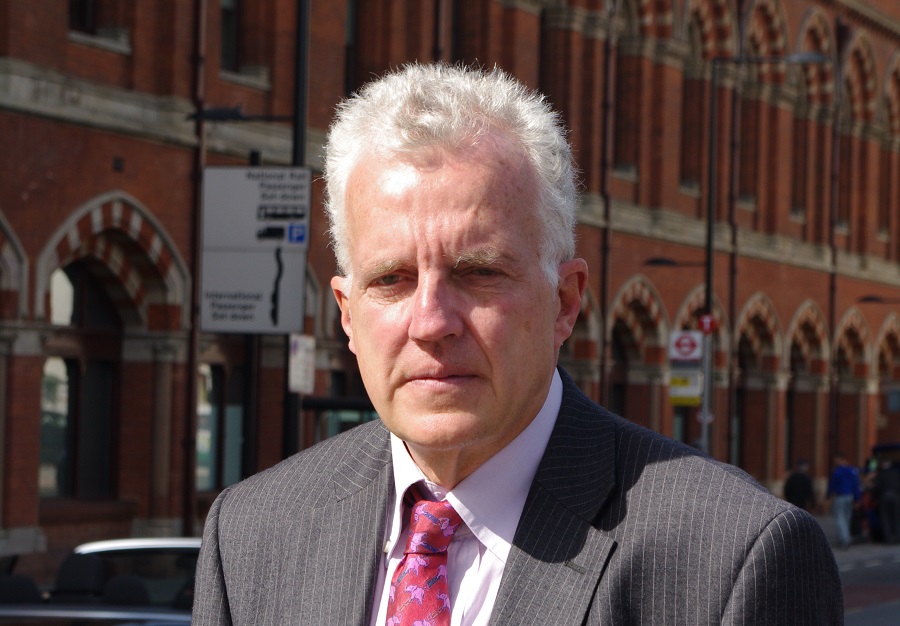The spate of five cyclists being killed within the past fortnight on London’s streets demands an urgent respone. As I have argued in the Observer in the piece posted on this site, the Cycling Vision set out by Andrew Gilligan,Boris Johnson’s cycling tsar, is full of good ideas, but it is all too slow and cumbersome.
In the Observer article, I mention that change must be brought about quickly and efficiently. I point to Sevilla where the transformation has been remarkable in boosting the numbers of cyclists and to New York. In contrast, TfL and Johnson have argued that care must be taken not to make mistakes and therefore that is why things happen slowly. There is a real irony there – the cycling superhighways were created in haste to meet election deadlines – Boris had to show something had been done by the time he was up for re-election and some parts of them are terrible, as the concentration of deaths on Cycle Superhighway 2 makes clear.
When I argue that things need to be done quickly, I am arguing that there needs to be a sense of urgency and, too, that temporary measures can be implemented which are reversible. So blocking off a street with plastic barriers, painting an area a different colour, putting up a few signs – all these can make a rapid change and if they are dedicated towards giving more room for cyclists and pedestrians, they are very unlikely to create new risks. The failure of Cycle Superhighway 2 was inevitable once the highway engineers were made to work within the confines of Johnson’s policy of ensuring that nothing is done to affect smooth traffic flow. It was that which guaranteed its lethal failure, not the need for haste.
